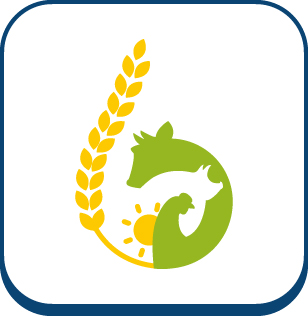Molecular phenotyping to predict neonatal maturity
Ajouter à ma liste
Auteurs :
Liaubet L, Marty-Gasset N, Gress L, Bonnet A, Brenaut P, Maigné E
Improved piglet survival during the suckling period is a strong expectation for breeders. This notably involves taking into account the maturity of the piglet at birth. An immature piglet, which has not reached its full development, will have a greater risk of early death. These piglets have a characteristic morphology: A steep, dolphin-like forehead, bulging eyes and head/body asymmetry. Based on image analysis, the Pic’Let project (CASDAR-RT 2019) aims to offer breeders an innovative tool for phenotyping piglet maturity. On this study, 298 newborns (99 Landrace, 98 Large White, 98 LR×LW) were classified for their maturity level. Furthermore, a metabolomic analysis was also performed by 1H-NMR on blood sample (serum) collected on piglet. Raw spectra were analysed with the R package ASICS and 55 metabolites with non-zero variance have been used in following statistics. A first analysis with PCA suggested a common metabolic profile may be identified whatever the genotype. Next, two predictive models were developed to explain immaturity (23%, severe or light) vs maturity (77%). The first model uses the 55 available metabolites and is based onRandom Forests and Lasso methods for the prediction. The second model uses a subset of 14 metabolites selected with the Lasso method and is based on random Forests and GLM methods. The imbalance characteristic of the dataset was adjusted by down sampling and model aggregation. The two models predict 100% of the severe immaturity status in the training and the test samples. Some piglets morphologically determined as mature are expected to be immature with a strong confidence [80-100%] according to metabolic data. Altogether, we identified a molecular signature based on metabolic data able to predict the neonatal maturity status. To validate this method, the next step will be to apply it to another dataset of newborns, where the same metabolomic analysis has been performed, and to study the relationship between the prediction and proxy variables such as piglet birth weight.
Fiche technique
Titre :
Molecular phenotyping to predict neonatal maturity
Date sortie / parution :
2023
Référence :
74th Annual meeting of the european federation of animal science (EAAP), 26 août-1er septembre 2023, Lyon, France







